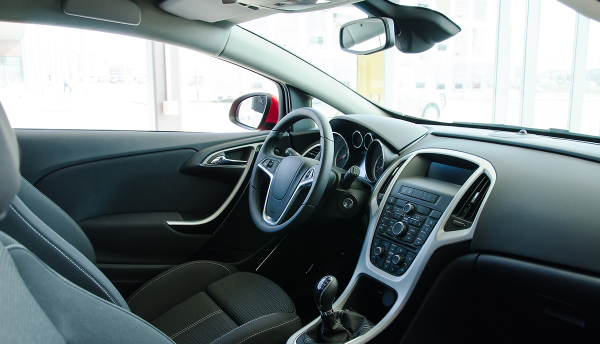
The chairman of Bosch mobility solutions, Rolf Bulander, has said that he expects European OEMs to meet the European Union's new 95 g/km emissions limit with relative ease when it is introduced in 2021. Bulander went as far to say that the Bosch expects smaller vehicles to beat the limit by some margin. Speaking at International Automotive Press Briefing in Germany, Bulander said, "We think in the sub-compact category up to 1,200 kg... the gasoline engine by 2020 will reach 85g [while] diesel may achieve up to 70g."
Bulander also noted that the industry will increasingly turn to plug-in hybrid electric vehicles (PHEVs) as a medium-term solution until full EVs with useable ranges become common place. He said, "The internal combustion engine [ICE] and electric traction are the best of two worlds. In Europe, the plug-in hybrid would be good for daily distances run by the average driver and [for] longer distances, the ICE." He also believes that ICE technology has yet to reach the peak level of efficiency and that plug-in hybrids will extend the life of ICE. He said, "We are confident we can reduce fuel consumption by a further 10% for diesel engines and by a maximum of 20% for gasoline. In combination with electric motors, the combustion engine has yet to reach the peak of its efficiency."
Bosch estimates by 2025, 15% of all new vehicles will feature an electrified powertrain, although it still sees a bright future for internal combustion engines. However, he was less effusive about the potential for hydrogen fuel vehicle in the short and medium term. "The market is not going to explode, if I may put it like that," he said. "We do work with hydrogen, but for vehicles which are not passenger cars. It is our intention to be systems-capable in hydrogen and we will run prototypes next month."
Outlook and implications
Bulander's comments are an interesting insight into how the world's biggest automotive supplier sees the industry developing in the medium term. One thing that appears assured is that the internal combustion engine (ICE) will continue as the most dominant form of light-vehicle powertrain for some considerable time yet.
While conventional ICE technology has already advanced to the point in which many A- and B-segment cars are operating at under the 95 g/km limit, it will be difficult for larger vehicles to meet the limit. It is likely, as Bulander says, that C-segment vehicles will be able to hit the target with relative ease, although extra powertrain developments costs will have to passed on to customers. larger vehicles will find it difficult to meet the 95 g/km fleet limit, although some companies already have products that meet the target such as Ford's 1.6TDCi ECOnetic Mondeo, which has CO2 emissions of 94 g/km. while the new VW Passat 1.6 diesel has emissions of 105 g/km and is close to meeting the standard. The latest Mercedes-Benz C220 is one of the lowest emitting premium D-segment cars at 103 g/km.
However, it is accepted that the premium carmakers will have a far tougher time meeting the EU's more stringent C02 limit n 2021 because of the higher percentage of larger and heavier models they manufacturer, including the ever broadening range of sport utility vehicles (SUVs) and crossovers these companies are bringing out. This is why these companies are increasingly looking to PHEVs as a way of lowering fleet average emissions and lowering the emissions of their larger model variants. BMW is introducing a wide range of plug-ins, including the 3-Series PHEV from 2017, while Mercedes-Benz is planning a huge PHEV model assault.
It appears that OEMs are increasingly seeing the PHEV really is the optimum powertrain solution in the medium term on the road towards wide adoption of zero-emission vehicles. While battery-powered vehicles remain either too expensive for most consumers in the case of the Tesla Model S and range limited in other cases, the PHEV offers the best compromise solution and the widescale adoption of PHEVs will also prolong the life and development cycle of ICE powertrains.








